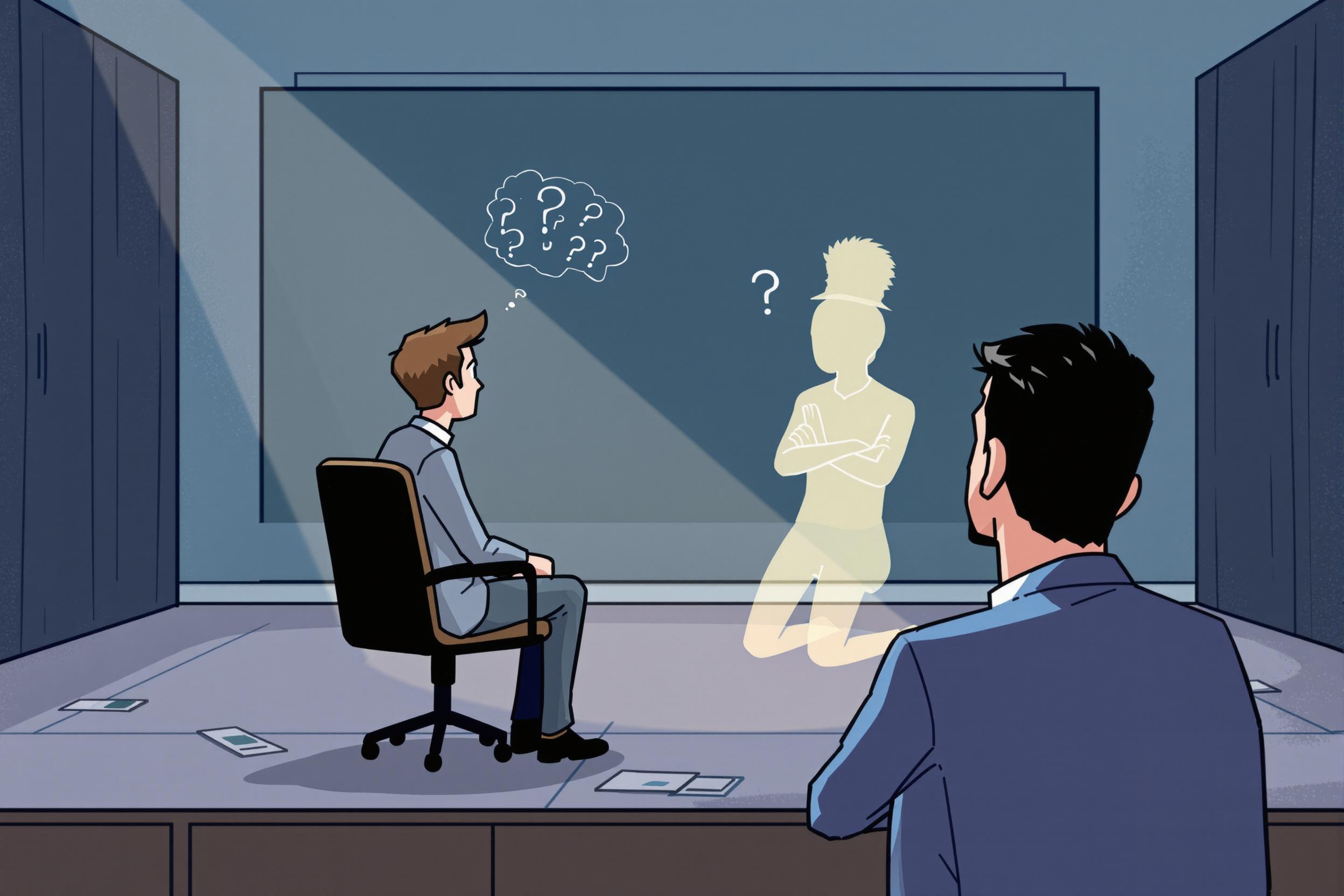
Flying Probe
Flying Probe is a testing method used in electronics manufacturing to check if circuit boards are working correctly. Think of it like a very precise robot with needle-like probes that moves quickly across a circuit board, touching different points to make sure everything is connected properly. It's an alternative to traditional testing methods that require custom-built test fixtures. Companies often mention Flying Probe testing in job descriptions because it's a more flexible and cost-effective way to test small batches of circuit boards or prototypes.
Examples in Resumes
Operated Flying Probe and ICT systems to test complex printed circuit boards
Reduced testing time by 40% through optimized Flying Probe test program development
Managed quality control using Flying Probe testing for prototype electronics
Typical job title: "Flying Probe Test Operators"
Also try searching for:
Where to Find Flying Probe Test Operators
Professional Organizations
Job Boards
Example Interview Questions
Senior Level Questions
Q: How would you implement Flying Probe testing for a new product line?
Expected Answer: Should explain process of analyzing circuit board designs, creating test programs, considering test coverage, and training operators. Should mention cost-benefit analysis compared to other testing methods.
Q: How do you optimize Flying Probe test programs for better efficiency?
Expected Answer: Should discuss ways to reduce testing time while maintaining quality, such as optimizing probe movement patterns, identifying critical test points, and balancing speed with accuracy.
Mid Level Questions
Q: What are common issues you might encounter during Flying Probe testing and how do you resolve them?
Expected Answer: Should be able to discuss probe alignment issues, false failures, and basic troubleshooting steps. Should mention documentation and maintenance procedures.
Q: How do you ensure consistent quality in Flying Probe testing?
Expected Answer: Should explain regular calibration, maintenance schedules, operator training, and quality control procedures.
Junior Level Questions
Q: What safety procedures are important when operating Flying Probe equipment?
Expected Answer: Should mention basic safety protocols, proper handling of circuit boards, emergency procedures, and equipment care guidelines.
Q: Describe the basic process of Flying Probe testing.
Expected Answer: Should explain loading the board, basic operation of the machine, understanding test results, and proper handling of tested boards.
Experience Level Indicators
Junior (0-2 years)
- Basic machine operation
- Understanding test results
- Following test procedures
- Basic equipment maintenance
Mid (2-5 years)
- Test program modifications
- Troubleshooting test failures
- Quality control procedures
- Equipment maintenance and calibration
Senior (5+ years)
- Test program development
- Process optimization
- Team training and supervision
- Integration with other test methods
Red Flags to Watch For
- No hands-on experience with electronics testing equipment
- Lack of attention to detail in quality control
- Poor documentation practices
- No understanding of basic electronics principles
Related Terms
Need more hiring wisdom? Check these out...

Ghosted Again? How to Stop Candidates from Disappearing and Start Engaging Them Better

Ghostbusting in Recruitment: How to Keep Candidates Engaged

Supercharge Your Candidate Screening: 7 Unorthodox Ways to Hire Faster Without Breaking a Sweat

